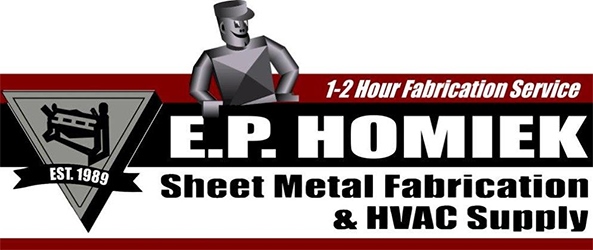NIST Study: Installation Faults Cancel Out Equipment Efficiency
- Posted on June 7, 2017
- by admin
- in Blog_Posts
- Comments Off on NIST Study: Installation Faults Cancel Out Equipment Efficiency
Most HVAC professionals are aware that heating and cooling accounts for 30% of residential energy consumption. But just because manufacturers are continually producing equipment with ever-improving efficiency ratings doesn’t mean that a homeowner’s utility bills will automatically be lowered with their purchase. Substandard installation can substantially reduce the benefits of high-efficiency equipment, increasing energy use by as much as 30% above what it should be, according to an extensive study by the National Institute of Standards and Technology (NIST).
NIST found that installation faults with the most potential to degrade performance are, in order:
- Duct leakage
- Refrigerant undercharge
- Oversized equipment with non-oversized ductwork
- Low indoor airflow due to undersized ductwork
- Refrigerant overcharge
NIST also found that efficiency decreases exponentially when two or more installation faults are at work. The research did not specifically study the effects of installation errors on occupant comfort, indoor air quality, noise, equipment reliability, or maintenance costs, but noted that all commonly result from substandard installation.
A full copy of the NIST report, Sensitivity Analysis of Installation Faults on Heat Pump Performance, can be viewed at http://nvlpubs.nist.gov/nistpubs/TechnicalNotes/NIST.TN.1848.pdf
If you enjoyed this article please consider sharing it!




